order
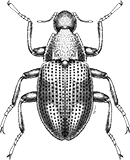
Coleoptera
“Adult Beetles”

Coleoptera
“Larval Beetles”

Diptera
“True Flies”

Ephemeroptera
“Mayflies”
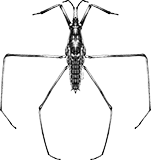
Hemiptera
“True Bugs”

Lepidoptera
“Aquatic Caterpillars, Snout Moths”

Megaloptera
“Alderflies, Dobsonflies, and Fishflies”
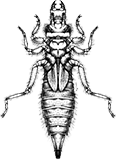
Odonata
“Dragonflies and Damselflies”
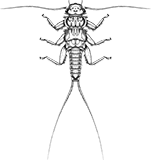
Plecoptera
“Stoneflies”
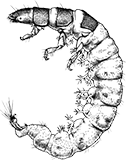
Trichoptera
“Caddisflies”
family
Hydrophilidae
genus
Tropisternus
“Water Scavenger Beetles”
Genus Overview
This widespread genus includes 14 North American species. Adults and larvae occur in slow streams and lentic habitats. Adults are swimmers, divers, and climbers that feed as piercing herbivores and as collectors-gatherers of small bits of organic matter.
Characteristics
POLLUTION TOLERANCE
Southeast: 9.8 and higher
Mid-Atlantic: 10 and higher
0 = least tolerant, 10 = most tolerant
FEEDING HABITS
Collector / Gatherer
Piercer / Herbivore
Piercer / Herbivore
MOVEMENT
Climber
Diver
Swimmer
Diver
Swimmer
DISTRIBUTION
Widespread (east of the Rocky Mtns.)
HABITAT
Lentic-littoral
Lotic-depositional
Lotic-depositional
Diagnostic Characters
order
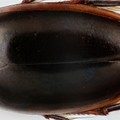
Elytra
family
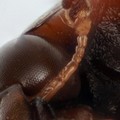
5 Segments Before Cupule
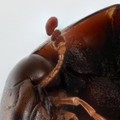
Antenna Subequal To Head
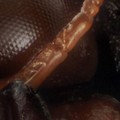
Antennal Segment Articulation
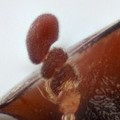
Clubbed Antennae
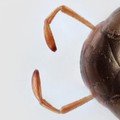
Long Maxillary Palpi
+ Expanded Character List
Order:
Adults with hardened forewings (elytra) covering the hind wings.
Family:
Maxillary palpi usually longer than antennae. Antennae about as long as head, with 2nd segment attached at apex of 1st (basal-most) segment; usually with 5 segments before cupule (cup-shaped, hairless, segment 6); segments 7–9 clubbed. Pronotum usually not narrower than elytra; if narrower, then scutellum long and triangular. Elytra concealing entire abdomen or exposing only part of 1 segment. Hind coxae not extending in the posterior direction to divide abdominal sternite 1. Metacoxae nearly touching. Ventrally, longitudinal keel narrow between coxae. Tarsal formula: 5-5-5 or 5-4-4. Ventrally, abdomen with 5 visible segments.
Genus:
Adults are usually less than 12 mm in length. The prosternum has a small longitudinal groove. The meso- and metasternum has a long, continuous, sharp spine extending between the hind coxae.
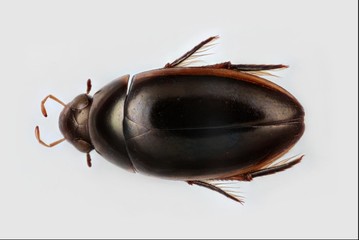
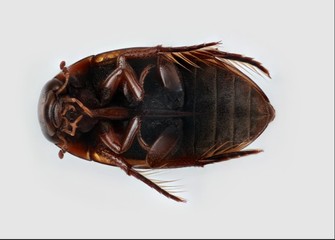
Dorsal
Ventral



